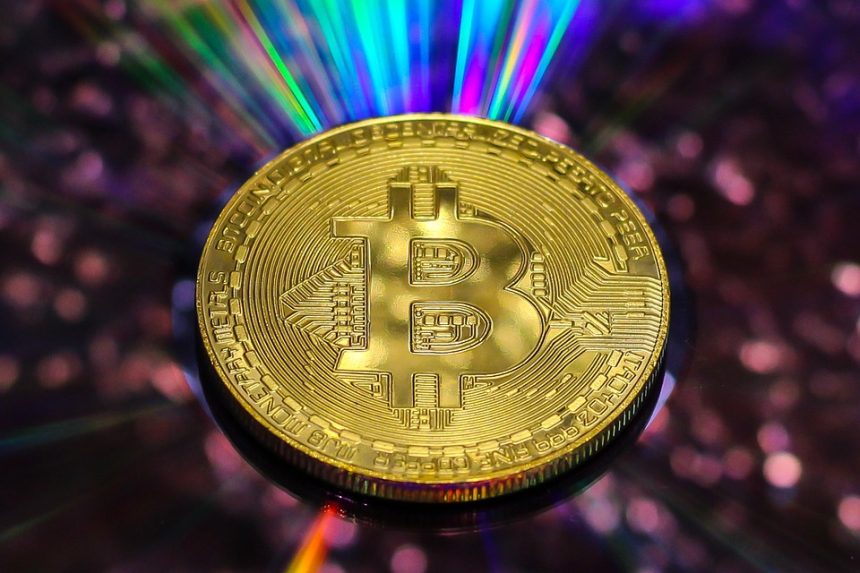Regulatory Ripple Effect: How New Rules Could Transform Your Favorite Altcoins
In recent years, cryptocurrencies have surged into the public consciousness, drawing the attention of not just investors but also regulatory bodies worldwide. As governments and regulatory organizations grapple with how to manage digital currencies, emerging regulations are beginning to take shape, and their implications can be profound—especially for altcoins. This article delves into the regulatory landscape and explores how new rules could transform your favorite alternative cryptocurrencies.
Understanding the Current Regulatory Landscape
Cryptocurrencies have historically operated in a gray area where regulatory oversight has been minimal or inconsistent. However, with the rise of incidents involving fraud, hacking, and market manipulation, authorities are now more motivated than ever to intervene. Regulatory bodies in the United States, Europe, and Asia are introducing measures aimed at creating a safer, more transparent market.
For altcoins—cryptocurrencies other than Bitcoin—the landscape is particularly precarious. With thousands of altcoins in circulation, each often having distinct utilities, use cases, and governance structures, the application of broad regulatory frameworks can lead to unintended consequences.
Potential Impacts of New Regulation
-
Compliance Cost Estimates:
The introduction of new regulations typically requires projects to increase compliance measures, which can significantly heighten operational costs. Smaller altcoins with limited funding may struggle to meet these requirements, potentially leading to project discontinuation or abandonment, while larger projects may consolidate and dominate the space. -
Shifts in Market Dynamics:
As certain altcoins play different roles in the crypto ecosystem—some functioning as payment methods, others as governance tokens or utility assets—regulatory classifications could trigger a shift in market dynamics. For instance, if a particular altcoin were deemed a security, it would necessitate adherence to stringent regulations comparable to those faced by traditional securities. This differentiation might drive some projects underground or even result in decentralized exchanges being scrutinized more heavily. -
Innovation vs. Regulation:
There’s a delicate balance between innovation and regulatory oversight. While regulations are necessary for consumer protection and market integrity, overly burdensome frameworks may stifle innovation. This tension could lead to a flight of talent and projects to more favorable jurisdictions, resulting in a fragmented market. -
Investor Protection:
Enhanced regulatory oversight may lead to improved investor protection mechanisms, reshaping market confidence for altcoin investors. As regulations set minimum standards for disclosures and audits, investors could be less exposed to fraudulent schemes, leading to a more stable investment environment. This could attract larger institutional players to the altcoin market who had previously remained on the sidelines due to perceived risks. - Token Classification and Utility:
How a token is classified could significantly impact its use case and adoption. For example, tokens with clear governance and utility may be considered less risky if they can demonstrate their functional purpose beyond speculative trading. In contrast, tokens that primarily exist for speculative purposes could face restrictions leading to decreased market liquidity.
The Ripple Effect on Specific Altcoins
Certain altcoins that present unique features or utilize innovative technologies may experience different levels of impact from regulations:
-
DeFi Tokens: Decentralized Finance projects, which have exploded in popularity, may face intense scrutiny regarding their lending practices and governance frameworks. Ensuring compliance with financial regulations could lead to the re-engineering of existing protocols, influencing their value and usability.
-
Privacy Coins: Altcoins such as Monero and Zcash, which prioritize user anonymity, may confront significant hurdles in jurisdictions where anti-money laundering (AML) and know your customer (KYC) regulations are dominant. As governments push for increased transparency, the future of privacy-focused cryptocurrencies may be at stake.
- NFT and Gaming Tokens: With the rise of non-fungible tokens (NFTs) and gaming ecosystems, regulatory attention on tokens associated with these sectors could increase dramatically. Regulatory clarity could foster legitimacy, but it could also stifle creativity if overly restrictive measures are implemented.
Conclusion
As governments worldwide grapple with how to regulate the fast-evolving cryptocurrency landscape, altcoins are set to feel the ripple effects of these new rules. While the potential for compliance costs and market disruptions exists, so too does the opportunity for increased legitimacy and investor confidence.
Investors, developers, and enthusiasts alike must keep a keen eye on the regulatory horizon; the future will likely demand adaptation and innovation in response to the guidelines that are soon to shape the altcoin world. Understanding these impending changes will be crucial for navigating this transformative period in the cryptocurrency space and ensuring the long-term success of your favorite altcoins.





